UNESCO World Heritage National Parks India The national parks and sanctuaries are the best places to see India ‘s incredible wildlife. These are reservoirs of wonderful flora which fauna, which highlight the great diversity that marks the biodiversity of India. Many of them stand as exemplary models in protecting many endangered species, while providing the others with a natural habitat.
List of Indian National Park and Wildlife Sanctuary has been added to the world heritage sites, these areas are of great significance to the world, and hot spot for biodiversity. In India there are several other natural heritage sites, some of which are highly common and some of which are less known to the world.
India is an region full of natural wonders.Its national parks, wildlife sanctuaries and biosphere reserves are rich in biodiversity and many endangered animal species make homes there. Famously, many of India’s national parks and tiger reserves are covered by the endangered Bengal tiger.
By visiting one of these protected areas, tourists can witness the beauty of India’s forests , mountains and coasts and see its special wildlife Read on for our expert travel recommendations and the best places to spot the flora and fauna of India.
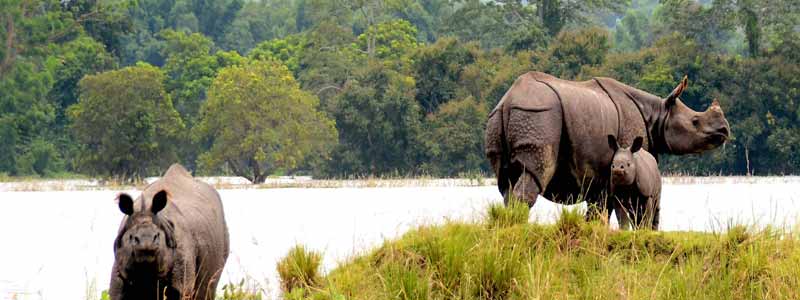
Kaziranga National Park
The Kaziranga Wildlife Sanctuary is situated in India’s Assam state, and one of the most popular tourist attractions in the country. The special natural climate has led to its designation as one of India’s UNESCO World Heritage Sites. In 1908, it was designated as a reserved forest to protect the declining population of the species of rhinoceros that inhabit the region. It was changed to its present name in 1950 and was declared a national park in 1974. This region is most notable for being the home of the Indian’s largest single-horned rhinoceros population, as well as many other mammal and bird species.
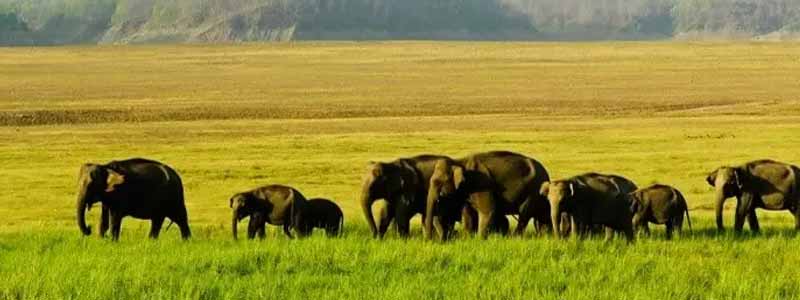
Manas National Park
It is another site in the province of Assam which has been identified as a UNESCO World Heritage Site. This one lies between Manas River plains and the Himalayan foot. This sanctuary acts as home to diverse species of plants and endangered species of mammals , birds , reptiles and amphibians. It was raised to a sanctuary after it was declared a reserved forest before This was part of the “Project Tiger” in which the sanctuary was turned into a tiger reserve. This has also been designated one of the World Heritage Sites in Danger but has been restored in 2011 with comprehensive restoration efforts.
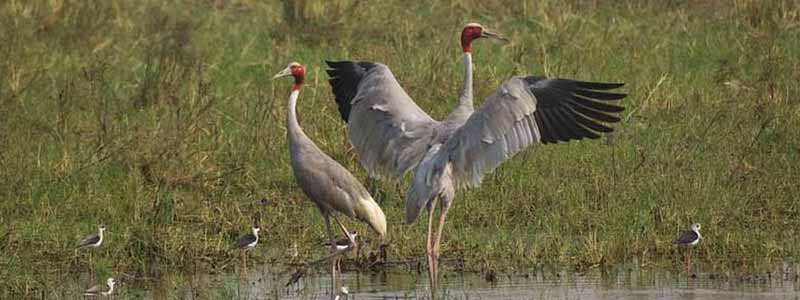
Keoladeo National Park
This bird sanctuary is a popular Indian attraction. This is one of the few natural sites identified in India under the UNESCO World Heritage Sites, registered in 1985. There are thousands of birds flocking to the area each year, especially during winter. During the meantime it also serves as home to more than 230 bird species. It is already a World Heritage Site, before it was declared a protected sanctuary since 1971.
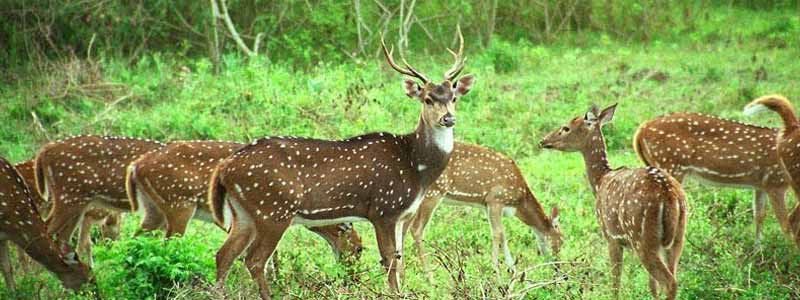
Nanda Devi National Park
This is yet another natural site identified as one of India’s UNESCO World Heritage Sites. This is a park which consists of two core areas: National Park Nanda Devi and National Park Flowers Valley. In this listing there’s also a buffer zone identified for every property. The first site, which is Nanda Devi National Park, was inscribed in 1988. In 2005, it extended to include the Valley of Flowers National Park.
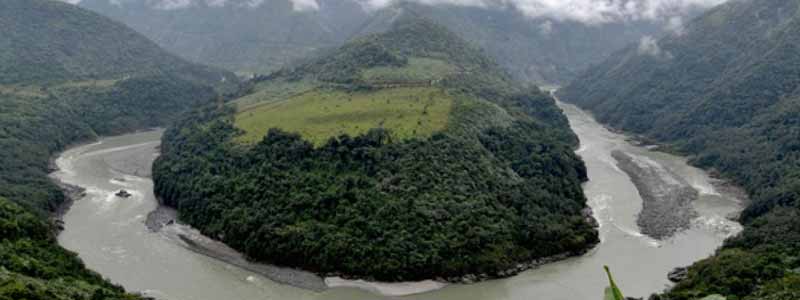
Kanchendzonga National Park
Khangchendzonga National Park is one of the most famous sanctuaries for wildlife in northeastern India. Spread over an area of 1,784sq.km, it is Sikkim ‘s largest wildlife reserve, and it gets its name from Khangchendzonga, which straddles the park ‘s western boundary. The reserve also contains the Zemu Glacier, which was endowed with one of the world’s most beautiful eco-systems.
This national park houses among others the snow leopard, Himalayan black bear, Tibetan antelope, wild ass, barking wolf, musk deer, flying squirrel and red panda. Here the vegetation includes giant magnolias, rhododendrons and pine forests.
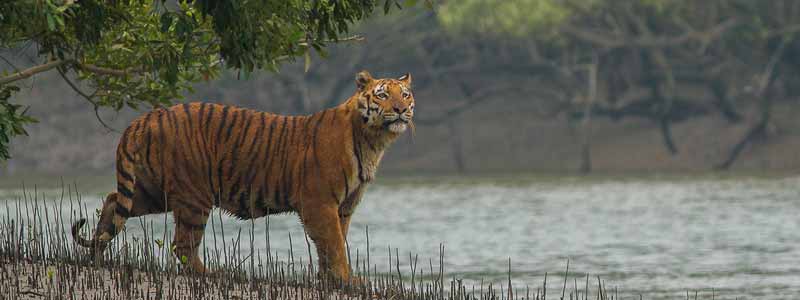
Sundarbans National Park
This property is considered an important natural monument in India since it is a national park, reserve for tigers and reserve for biosphere. This is in western Bengal , India. This is adjacent to Bangladesh’s Sundarban Reserve Forest, and near the Ganges Delta. It is lined with mangrove forest and a large Bengal tiger reserve. Many species of birds except the tigers, reptiles, and invertebrates also inhabit the area. It was initially a tiger reserve but was declared a national park in 1984.
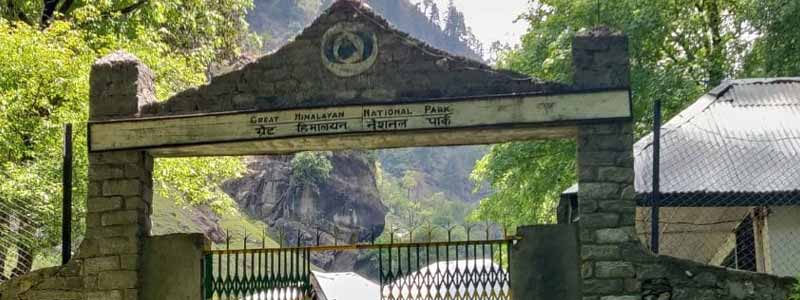
Great Himalayan National Park
The Great Himalayan National Park in Himachal Pradesh, which has recently been added to the list of UNESCO World Natural Heritage Sites in India (2014), is definitely a place worth visiting. Marked by the most unquestionably picturesque areas and a vibrant array of flora and fauna, this park has a remarkable ecosystem. Spread over an area of approximately 1171 sq.km it is the high altitude abode species like snow leopards, Himalayan brown bear, Himalayan Thar, and musk deer. The park is also the hub of eco-tourists adventure seekers, mostly trekkers.








